
The ore particle size (also known as grinding fineness) is an important factor affecting the final flotation index for the flotation concentrator.
It is shown that the appropriate particle size generally means more than 80% of useful minerals achieve the monomer dissociation. If the ore particle is too coarse or too fine, the flotation effect is not ideal even if it has reached the monomer dissociation.
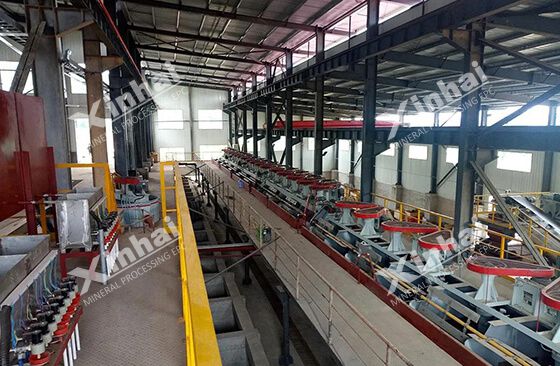
Flotation is a separation technique, why is the ore difficult to flotation when the ore particles are too coarse or fine? And how can we solve it?
For some unevenly distributed ores, the grinding cost is high and ore is easy to overgrind, so the rough grinding-flotation process is often adopted.
But the coarse particles are relatively heavy, it is not easy to suspend in the flotation machine, the chance of collision with the bubble is reduced, and the coarse particles are attached to the bubble, and easy to fall off from the bubble because of the large shedding force. Therefore, the flotation effect of the coarse particle is poor under the general process conditions.
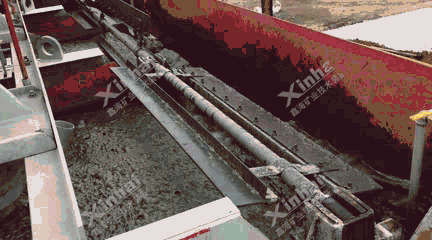
▋Improve the reagent system
Select the collector with strong collecting power, and reasonably increase the collector concentration, which can enhance the adhesion strength between mineral and bubble, speed up the flotation process. In addition, adding the non-polar oil, such as diesel oil, kerosene, etc., can strengthen the three-phase contact periphery, enhance the fixed density between mineral and bubble.
▋Correctly choose and adjust the flotation equipment
Reducing the turbulent intensity of pulp movement in the flotation machine is the key to ensuring the flotation effect of coarse particles.
On the one hand, select the flotation machine with the shallow tank, which can shorten the floating distance of the mineralized bubble and reduce the ore particles falling off from the bubble, or select the special flotation machine for coarse particles flotation, such as CLF type flotation machine.
On the other hand, appropriately increase the aeration rate of the flotation machine, which can generate the larger bubbles and form the "floating cloud" collected by the large and small bubbles. This "floating cloud" has a larger buoyancy lift, which can bring the coarse particle to float. Besides, choose the quick and smooth bubble blowing device, timely scraping the floated mineralized bubbles and reducing the ore particle fall off again.
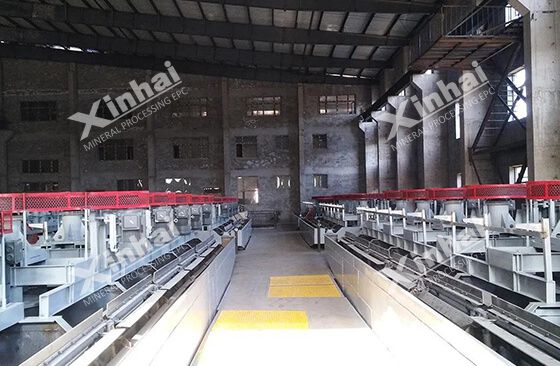
▋Appropriately increase the pulp concentration
Appropriately increasing the pulp concentration can increase the buoyancy of pulp. Generally, the pulp concentration of metal minerals in roughing stage is 25-45%, and the upper limit can be 50-55%. The slurry concentration in the concentration stage is 10-20%, and the lower limit is 6-8%. The pulp concentration in the scavenging stage is 20-40%.
The flotation separation of fine-grained materials is often difficult for the following reasons:
1. The specific surface area of fine particles is large, which significantly increases the surface energy.
The surfaces of different minerals are prone to non-selective mutual condensation.
Because the fine particle has large surface energy, it has a high adsorption capacity for reagents, but its selective adsorption is poor, so it is difficult to achieve selective separation for fine particles.
2. The small size of fine particles makes them less likely to collide with bubbles, which reduces the flotation rate. When colliding with bubbles, the fine particle with small quality is not easy to overcome the resistance of the hydration layer between mineral particles and bubbles, so it is difficult to attach to the bubbles.
3. The surface dissolution rate of fine-grained minerals increases, and the "unavoidable ions" in the pulp are also increased.
4. The large specific surface area of fine-grained materials increases the consumption of reagents.
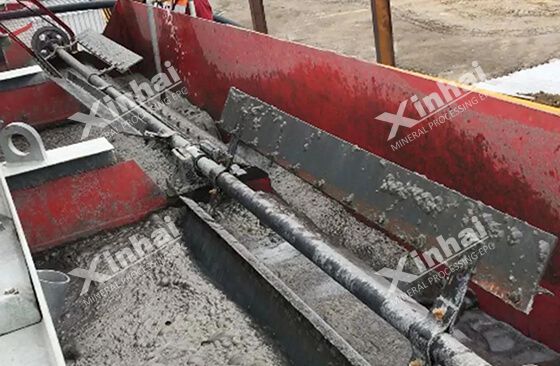
▋Adopt the selective flocculation flotation
The flocculant is used to selectively flocculate the mineral particles or gangue fine mud, which is generally used for fine-grained hematite flotation.
▋Pointedly choose the flotation reagent
Choose the flotation reagents that have the chemical adsorption of chelation on the fine mineral, thus improving the flotation speed of the fine mineral.
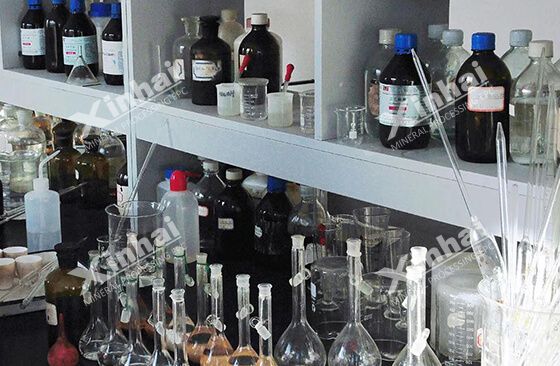
▋Adopt the carrier flotation
Use the ore particle whose size is suitable for flotation as a carrier, so that the target fine particles cover the carrier for floating. The carrier can be similar minerals or different minerals. For example, the pyrite is used as a carrier to float fine gold, the calcite is used as a carrier to remove fine iron and titanium impurities from kaolin.
▋Adopt the agglomeration flotation
After being treated with the collector, the fine-grained mineral forms oil-like foam with ore under the action of neutral oil.
Collector and neutral oil can be mixed into the emulsion and then added to the pulp, or the neutral oil and collector can be added in the high concentration (solid content of 70%) pulp respectively, then upper foam is scraped out after strong stirring in a certain time. This method is suitable for fine manganese ore, ilmenite, and apatite ore flotation.
▋Adopt the micro-bubble flotation
The micro-bubble flotation means to reduce the bubble size, which is beneficial to increase gas-liquid interface and prompt the collision and adhesion probability between fine particles, mainly including electrolytic flotation and vacuum flotation.
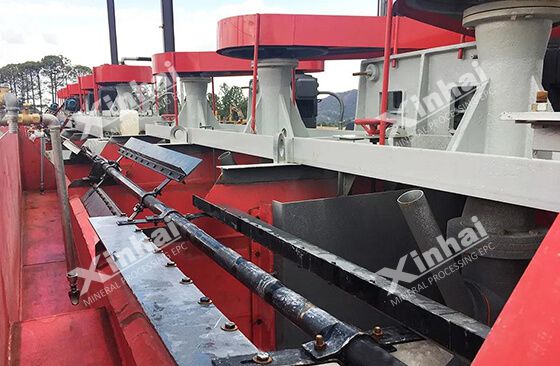
At present, the suitable particle size range of flotation is usually 0.01-0.1mm.The upper limit of flotation particle size for sulfide minerals is generally 0.2-0.25mm, and that for oxidized minerals is 0.25-0.3mm. For some non-metallic minerals with smaller densities, the upper limit of flotation particle size can be increased to 0.5-1mm. In production, flotation as a separation technique, the appropriate particle size should be determined according to the dissemination particle size of useful minerals in the mineral processing test.
To find out more about our products and solutions, please fill out the form below and one of our experts will get back to you shortly.